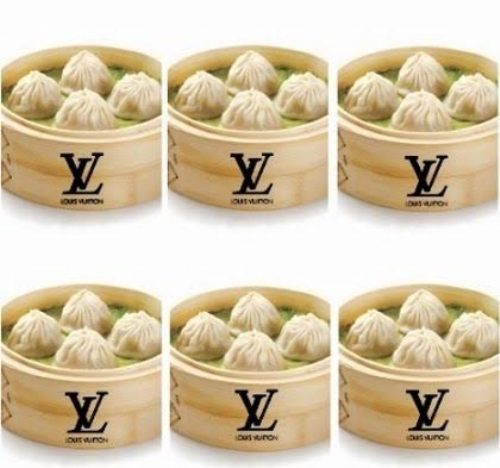At the beginning of 2013, a 65 year-old steamed bun shop in Chongqing decided to get with the times and rename itself after the most popular brand in China – Louis Vuitton, or as it is simply known in the motherland, LV. The store’s new name of LV Bao (seen below) became noteworthy for being a poignant reminder of China’s obsession with luxury brands as well as serving as a simple pun: in Chinese, “bao” can mean both a handbag, or a steamed bun.

Two years later, LV Bao has competition in the steamed bun market, and it’s from Louis Vuitton itself.
The French multinational luxury goods conglomerate LVMH, which also owns Dom Pérignon and Hennessy, has been seeing declining sales in the Chinese market as the interest in luxury goods continues to wane.
Some experts blame the continued corruption crackdown and austerity measures, others an economy that is starting to sputter. Some say Louis Vuitton is simply a victim of its own success, as Chinese consumers start to personalize their fashions with more varied choices instead of following the herd.
To branch out, LVMH’s private equity arm L Capital Asia purchased a 90 percent share in Singapore-based restaurant chain Crystal Jade for $100 million, basically turning the luxury goods-maker into a seller of xiaolongbao.
Unfortunately, it hasn’t worked out well so far. The recent opening of a Crystal Jade restaurant in San Francisco, the first one out of 21 franchises to be located outside of Asia, was given a stinging one and a half star review. SFGate called LVMH’s luxury restaurant an “an amateur production”, and, in perhaps the cruelest criticism a Chinese restaurant can receive, was labeled as “Westernized”.
All the same, Louis Vuitton will always have its supporters. Owner Wang of the LV Bao steamed bun shop had said he hoped one day his buns will become “as famous as LV”. Perhaps LV would be willing to trade a bit of that fame for some of LV Bao’s business longevity.
Related:

